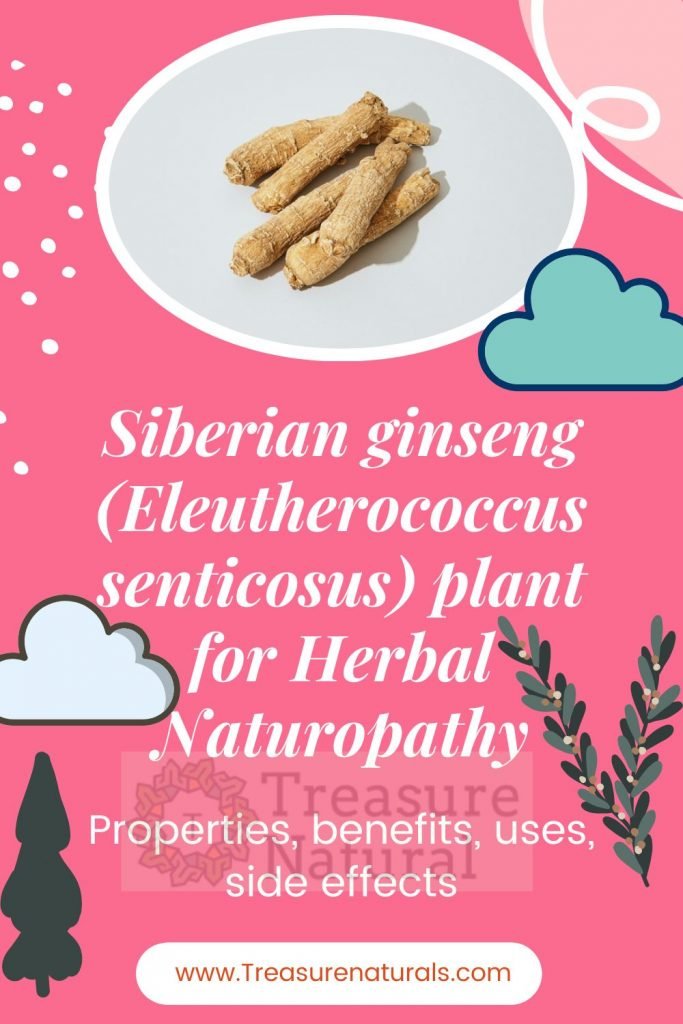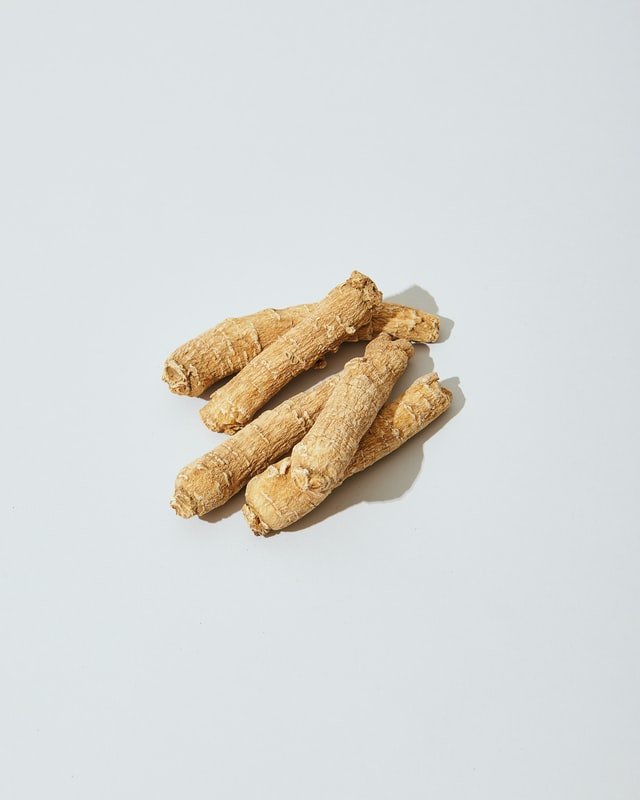
Eleutherococcus is an adaptogenic and immunostimulating remedy useful in case of physical and mental stress and fatigue.
Eleuterococcus (Eleuterococcus senticosus) is a plant of the Araliaceae family. It is an adaptogenic, anti-stress and anti- fatigue remedy. Let’s find out better.
Properties of eleutherococcus
Eleutherococcus is a remedy known for its adaptogenic properties, capable of supporting the body in case of stress, fatigue and asthenia.
It is therefore a remedy against fatigue but not only: the eleutherococcus also has antiviral, immunostimulating and anabolic properties.
The root of the eleutherococcus is used for its content in polysaccharides, glucosides (eleutherosides) and phenolic compounds.
What is the use of eleutherococcus
The administration of preparations obtained from the root of eleutherococcus is indicated in case of:
- Physical and mental fatigue;
- stress;
- exhaustion.
Eleutherococcus therefore helps the body to cope with demanding periods in study, at work or in private life, to raise the immune defenses and increase resistance during seasonal changes and to raise the mood.
In addition, eleuteococcus is often recommended for low blood pressure, because this remedy is able to raise blood pressure.
Benefits of Eleutherococcus
Eleutherococcus root, also called Siberian ginseng, is used in phytotherapy and herbal medicine for its remarkable tonic and adaptogenic properties, able to improve the body’s resistance to external attacks and “adapt” it to climatic and seasonal changes.
The use of the plant is therefore indicated in states of stress and overexertion, in asthenia, convalescence, psycho-physical exhaustion, fatigue, hypotension, and when a greater capacity for performance is required in sports or concentration and of attention in studying and preparing for exams.
The root is rich in polysaccharides which give it immunomodulating properties, given by a number of T lymphocytes and white blood cells. Its use is indicated in the prevention of infectious diseases and in the forms of influenza, because it counteracts the onset of diseases and increases resistance to cold.
Eleutherococcus is also known as “Women’s Ginseng“, because the type of active ingredients it contains, with its tonic properties, is more suitable for the female body.
In fact, under stress, women are more prone to states of anxiety and depression, for this reason, a stronger tonic, such as ginseng or guarana, could increase nervous tension.
The eleutherococcus plant, on the other hand, improves physical and mental performance without inducing nervousness or agitation and without disturbing sleep.
How to use
Internal use
Of the eleutherococcus the mother tincture and the fluid and dry extracts are used while, among the indications for use, the use of the eleutherococcus herbal tea is rarer.
The dosage of eleutherococcus is equal to about 3 g of root per day, in the form of herbal tea, powder, extract.
Eleutherococcus mother tincture is taken upon awakening, dispersing 30 to 50 drops in a little water.
Contraindications of eleutherococcus
The use of eleutherococcus is contraindicated in case of:
- Hypertension;
- acute infections;
- in children under twelve.
For intake during pregnancy and breastfeeding, the doctor’s opinion must be consulted. Since the preparations based on eleutherococcus can interact with some drugs, it is good to inform the doctor, pharmacist or herbalist in case of pharmacological therapies in progress.
Side effects of eleutherococcus
In excessive doses or for prolonged use, eleutherococcus could cause headache, insomnia, tachycardia, hypertension and agitation.
Treatment with this remedy should not be continued for more than two months and a break of at least two weeks is recommended between one cycle and the next.
Description of the plant
The eleutherococcus plant is perennial, thorny, with light gray or brown bark and a height of up to 2.5 meters.
The leaves have a long petiole, are palmate and composed of 5 elliptical leaflets, with finely serrated margins and tiny thorns along the veins.
The flowers are yellow or violet in color grouped like an umbrella near the leaf axil. The fruits are fleshy, black-reddish berries.
Habitat of the eleutherococcus
Native to the taiga of north-eastern Russia, the eleutherococcus grows spontaneously in Northeast Asia, Siberia, Mongolia, China (especially in Manchuria and the Heilongjiang province), South Korea and Japan. It prefers temperate-cold climates up to 800 meters.
Background

The Russian botanists gave it its first botanical name: Hedera senticosa, in 1856. Only three years later the botanist Maximowicz removed the plant from the genus Hedera and created for it the new genus Eleutherococcus, calling it Eleutherococcus senticosus.
In the same year a German botanist united the Eleutherococcus genus with the Acanothopanax genus, formerly a subgenus of Panax. Although most botanists now use the Eleutherococcus genus, in German and Chinese the plant is recognized as Acanthopanax senticosus.
This plant has long been portrayed as the dietary supplement responsible for the outstanding sports feats of former USSR athletes and was also used as a food supplement by Soviet astronauts during their long stays in space.






